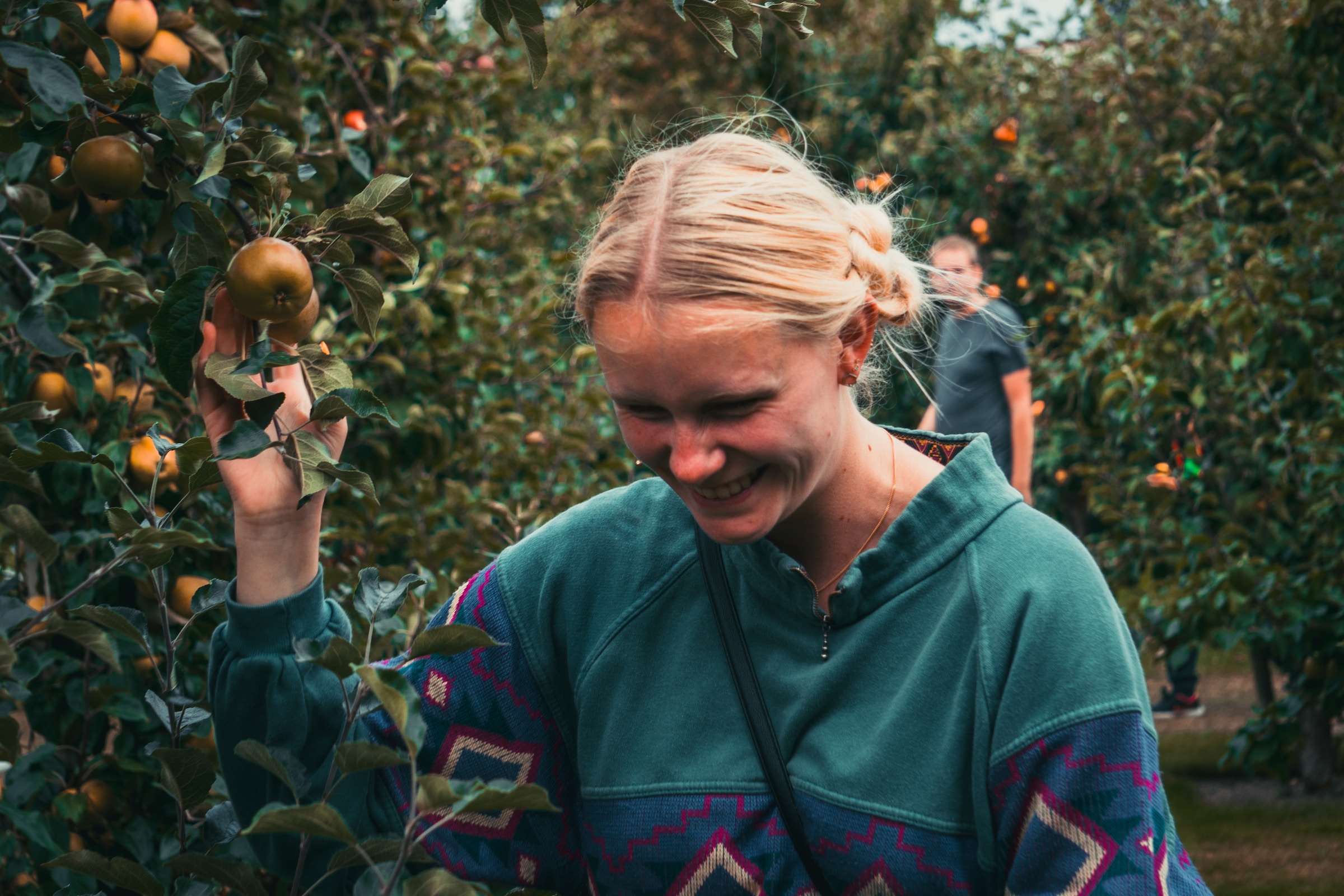


#Backyard Gardening #Biodiversity #Food Forest #Gardening and Agriculture #Permaculture
Alidia Vane
In a world increasingly challenged by food, water, and resource shortages, “food forests” have emerged as a beacon of hope. Food forests are a permaculture design concept that aims to mimic the diversity and resilience of forests. By strategically interplanting a variety of edible plants, food forests not only offer a sustainable food source but also contribute to soil enrichment, water conservation, and biodiversity enhancement while requiring minimal maintenance. The roots of this approach can be traced to indigenous land management practices and agroforestry traditions from around the globe.
Creating a food forest might sound like a grand undertaking, but it’s a concept that can be scaled down to fit into your own backyard. The key lies in strategic planting and thoughtful design. Tall fruit trees act as canopy layers, providing shade for lower-growing plants. Beneath them, shrubs and bushes offer additional sources of food, such as berries. You can also use vertical space, like trellises and climbing plants, to maximize biodiversity and increase yield even in limited areas. Groundcovers and root crops round out the system. By mimicking the layers of a natural forest, you’re not only maximizing space but also creating a balanced environment where plants support and benefit each other, just like a natural forest.
Incorporating nitrogen-fixing plants to enhance soil fertility and planting varieties that yield food in different seasons can ensure a continuous harvest. Companion or polyculture planting, selectively mixing species that complement one another, will help discourage pests and diseases without chemical interventions. Even if you don’t have the space or time to design a whole food forest, implementing these strategies on a small scale can help your backyard garden thrive.
If you’re interested in learning more, resources such as permaculture blogs and YouTube channels can provide invaluable insights, and local permaculture courses and workshops can provide hands-on experience specific to your geographic area. The writings and teachings of experienced practitioners like Bill Mollison, one of the co-founders of permaculture design, and Geoff Lawton, a renowned permaculture educator, can also offer a wealth of knowledge and inspiration. By embracing the principles of food forests, you not only cultivate a regenerative system, but also contribute to a broader movement of towards responsible agriculture and land stewardship.
Which of the following is NOT a potential benefit of a well-designed food forest?